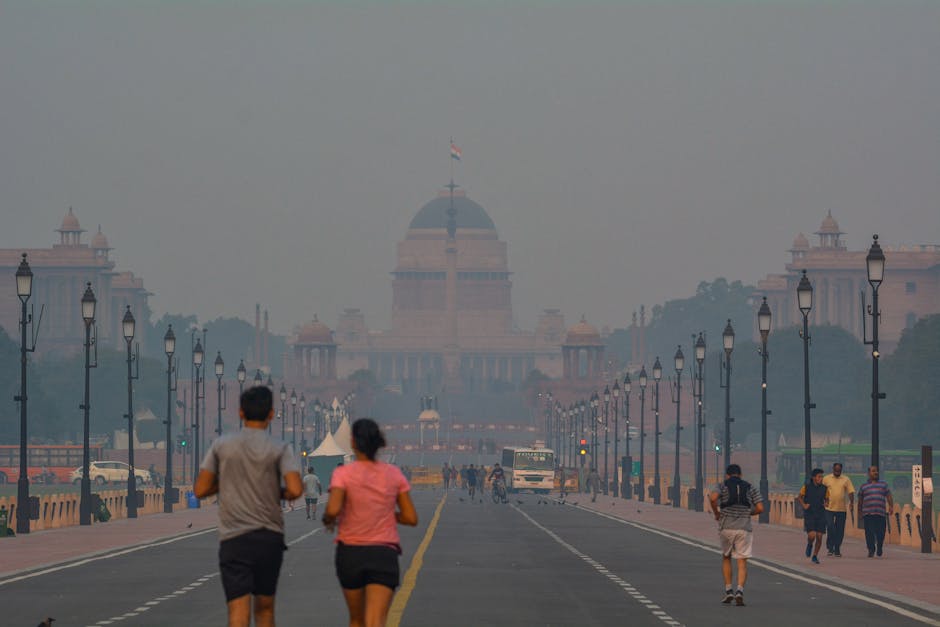New Delhi – The iconic floodlights of the Major Dhyan Chand National Stadium may be designed to illuminate athletes, but a concerning environmental reading is casting a shadow over the area today. The Air Quality Index (AQI) near the stadium has surged to 281, placing the air firmly in the ‘Poor’ category and posing a risk to athletes and residents alike.
What Does an AQI of 281 Mean?
An AQI reading of 281 is a serious cause for concern. It signifies a high concentration of pollutants, particularly PM2.5 and PM10 particles. These microscopic pollutants can bypass the body’s natural defenses and lodge deep within the lungs, potentially entering the bloodstream.
For people in and around the National Stadium, immediate effects can include:
* Breathing discomfort and shortness of breath
* Throat irritation and persistent coughing
* Stinging or watery eyes
For vulnerable groups—such as children, the elderly, and individuals with pre-existing respiratory or cardiac conditions—prolonged exposure to this level of air quality can trigger more severe health problems.
A Health Hazard at a Temple of Sport
The situation is especially ironic at the Major Dhyan Chand National Stadium, a venue dedicated to peak physical performance. Athletes who train here, honing their stamina and lung capacity, are forced to breathe contaminated air that directly undermines their health and performance. This raises critical questions about the long-term health implications for sportspeople who train daily in Delhi’s hazardous environmental conditions.
What’s Causing the Spike in Delhi’s Pollution?
As Delhi transitions towards winter, a familiar mix of factors is contributing to the deteriorating air quality.
* Meteorological Conditions: A drop in temperature and lower wind speeds create a temperature inversion, trapping pollutants close to the ground.
* Local Pollutants: Constant vehicular emissions, dust from widespread construction, and industrial pollution are primary local sources.
* Stubble Burning: The seasonal practice of stubble burning (parali) in neighboring states like Punjab and Haryana is beginning, with smoke contributing significantly to Delhi’s smog.
While the government’s Graded Response Action Plan (GRAP) includes measures to combat pollution, the high AQI at a central landmark like the National Stadium highlights the persistent challenges in controlling the city’s air.
Safety Measures and Health Recommendations
For anyone living, working, or exercising near the Major Dhyan Chand National Stadium, taking precautions is crucial.
* Limit Outdoor Activity: Avoid strenuous outdoor exercise, especially during the early morning and late evening when pollution levels are often highest.
* Wear a Mask: Use a well-fitted N95 or FFP2 mask when outdoors to filter out harmful particulate matter.
* Monitor the AQI: Stay updated on the daily air quality readings to make informed decisions about your activities.
While the scoreboard inside the stadium tracks athletic victories, the most important score for Delhiites to watch right now is the one on the AQI monitor.




